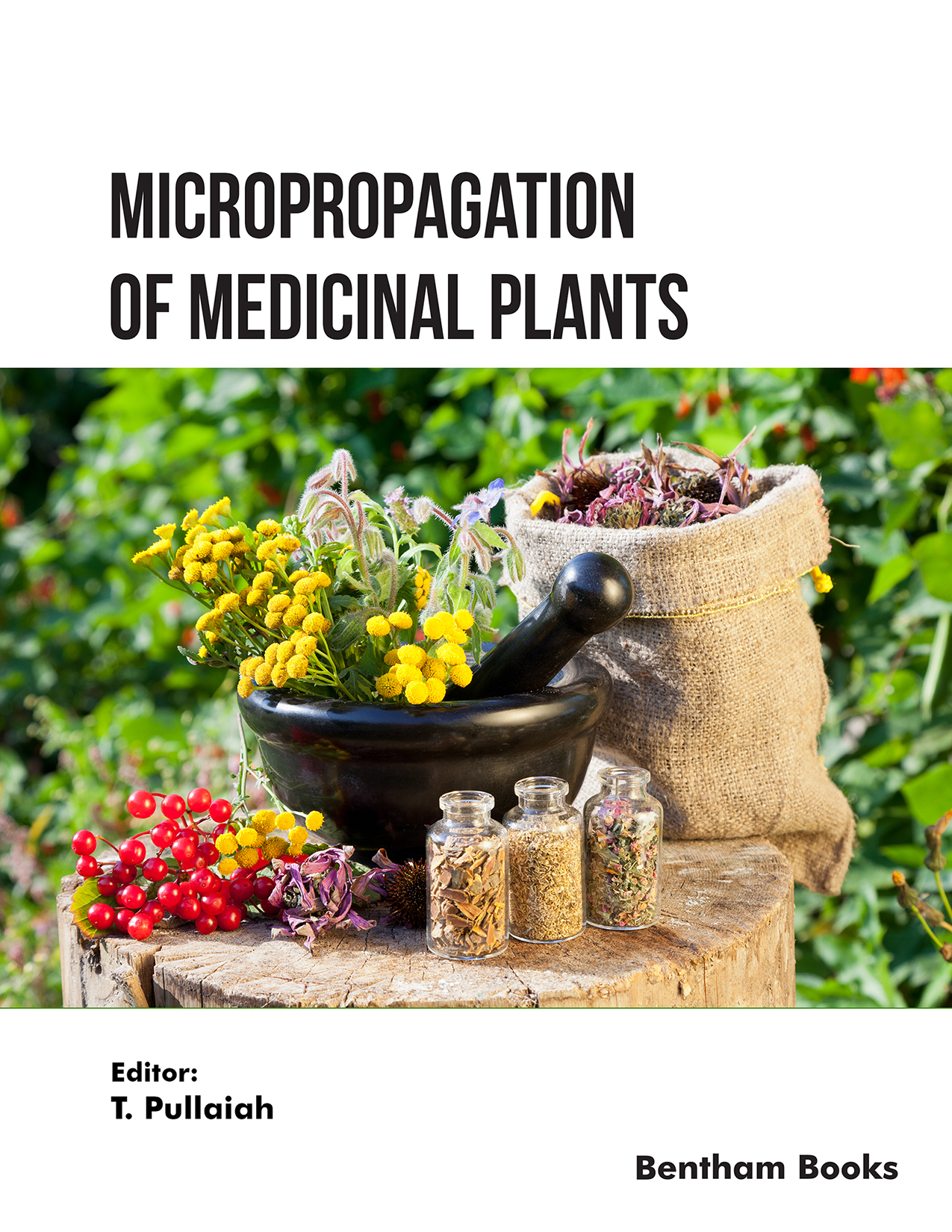Introduction
This volume presents information about protocols for micropropagation of more than 40 species of medicinal plants. The contents combine knowledge about the scientific principles of micropropagation with state of the art updates in tissue culture techniques presented by plant scientists.
The readers will learn about techniques required to grow plants in challenging conditions that aim to reduce the impacts of injudicious harvesting, deforestation, climate change, pollution, urbanization and other factors that limit the ability to meet current demand. General topics such as biotization and pharmaceutical investigation are also included to guide readers about the significance of these plants in research and development for new medicines.
The book provides protocols for micropropagation of important medicinal plants like Rauvolfia serpentina, Catharanthus roseus, Withania somnifera, Tylophora indica, Bacopa monnieri, Aloe vera, Phyllanthus amarus, Allium sativum, Moringa oleifera, Operculina turpethum, Glycyrrhiza glabra, Pterocarpus marsupium, Vetiver grass, Ruta graveolens, Tinospora cordifolia, Kaempferia, Hedychium, Decalepis hamiltonii, Saraca asoca, Wrightia tinctoria, Wrightia arborea, Artemisia absinthium, Aegle marmelos, Atropa acuminata, Atropa belladonna, Alpinia species, Hedychium species, and Cissus species.
This book is a handy reference for medicinal chemists, horticulturists and pharmacists who want to learn about the growth and conservation of important medicinal herbs and plants.
Readership
Medicinal chemists, horticulturists and pharmacists.

